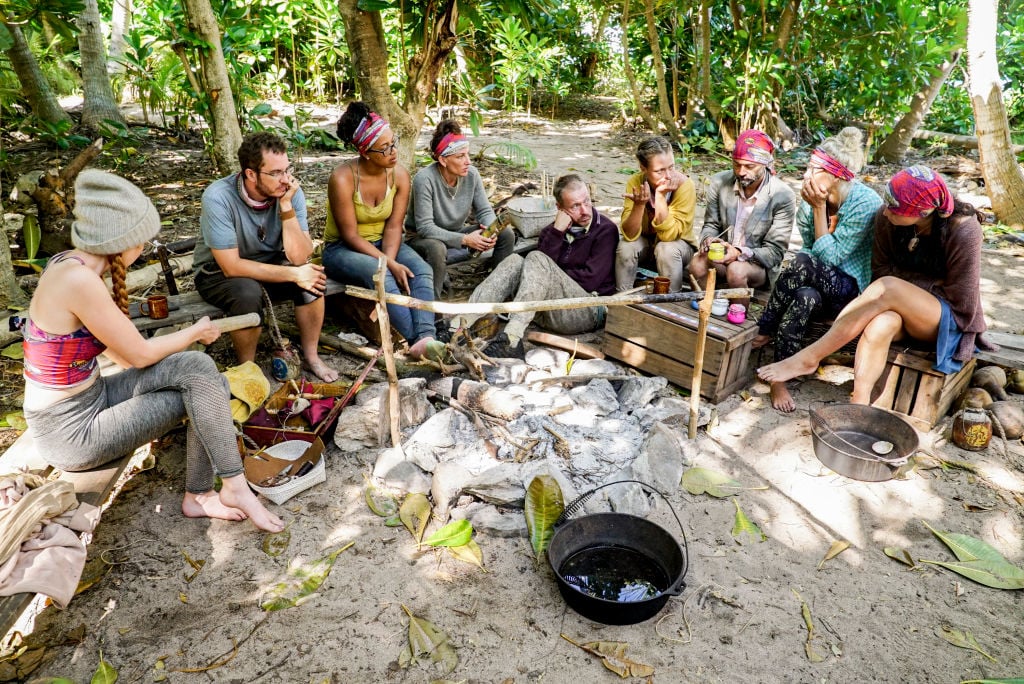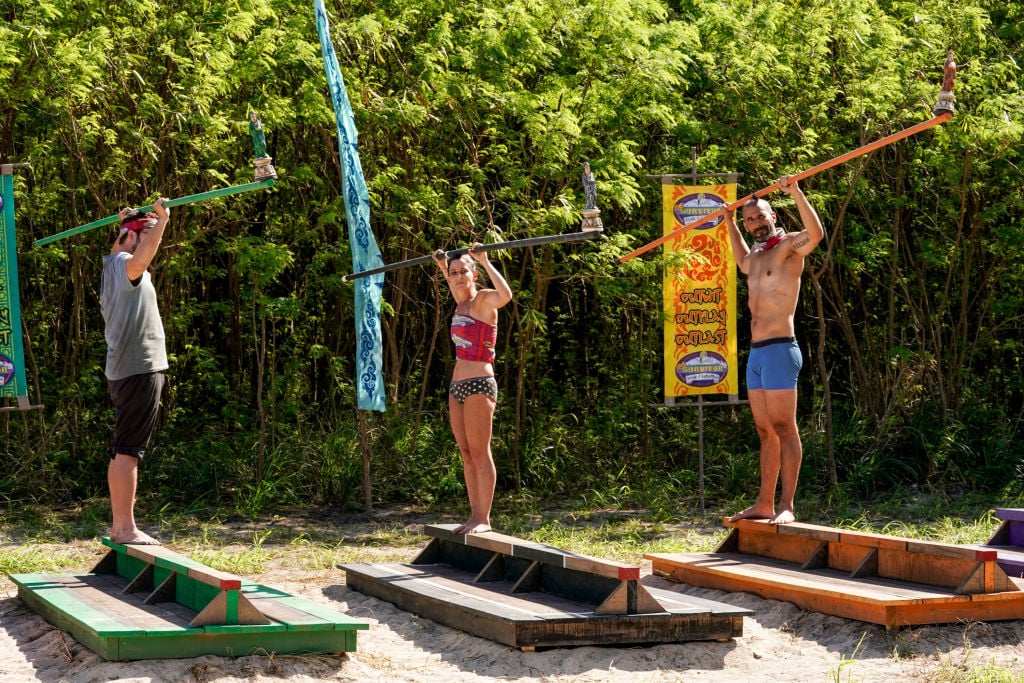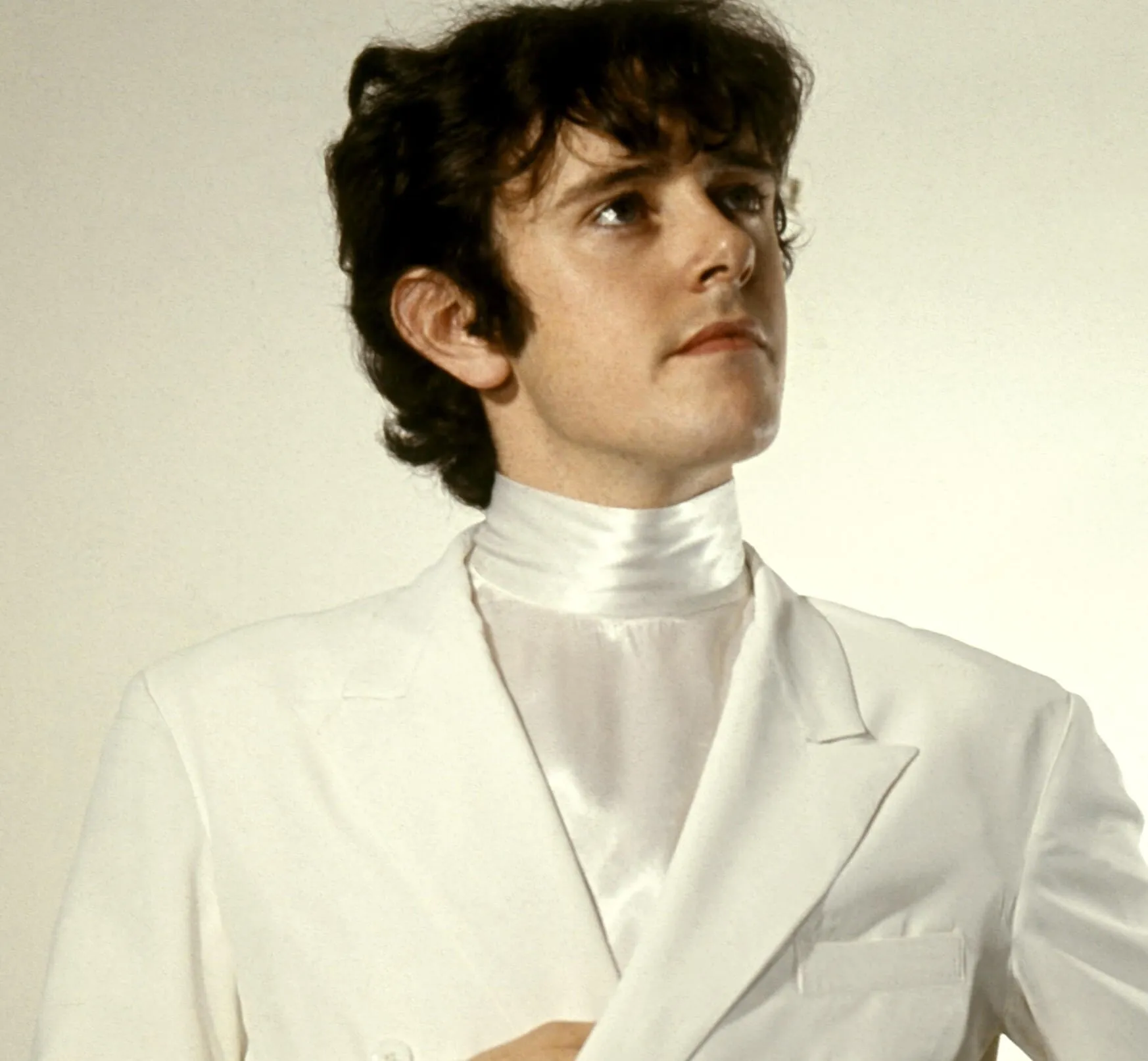This Is How Much it Costs to Film An Episode of ‘Survivor’
When it comes to reality television, Survivor is one of the originals. Survivor brought reality television to the forefront for CBS back in 2008, and it’s been going strong since then, to many people’s surprise.
In fact, the first season of Survivor drew over 50 million viewers by the end of its run in summer 2000. This ranked it as the second most-watched program that year, with the Super Bowl taking first place.
The allure of a show where normal people were pitted against each other and the elements continued to draw in viewers then and still does today. Between the drama, the challenges, and host Jeff Probst’s banter, the show is rooted in a storytelling formula that works. And it even seems the show might not be breaking the bank for CBS. Here’s why.
Saving money on Fiji

While Survivor used to globetrot, pitting its castaways against each other in exotic locales, the show has officially moved to Fiji permanently. Probst outlined several reasons for the show’s move.
“The real truth of the world is, when we started Survivor. 18 years ago, there were lots of places we could go. It’s been two decades. It’s a different world. There are not as many places we can go for lots of reasons—the economy, population, political unrest, weather patterns. … Fiji offers us everything that we want. Incredibly beautiful water that you can see down 30 feet, beaches that are amazing, a government that is working with us, local labor that loves to say ‘Bula!’ every day because they’re just happy you’re here. And our crew has never been as happy. We actually have decent accommodations to do this show out in the jungle. It’s a win-win-win,” said Probst.
There’s truth to what Probst says, but there are also financial reasons for placing the show in Fiji. The Fijian government is offering CBS a massive rebate, to the tune of 45 percent.
“We’re making a show, they want to promote Fiji, so it’s a quid pro quo. It’s taken that part of the show out of our hands and let us focus on creative,” explained Probst.
Fijian minister finance, Aiyaz Sayed-Khaiyum says the rebate is one of the largest in Fijian history. “I think we have never paid out such a large rebate. And that is a fact of integrity of much we have spent by the Survivor series in Fiji and we are getting 47% of that spent and many Fijians have benefited from when the show was shot in Mamanuca and Mana Island.”
The cost of success

There are a variety of factors that go into keeping a show like Survivor afloat, all of which end up
impacting the budget of the show. For example, Probst pointed out all of the hard work the Survivor chef puts into the show.
“Our head chef, Mary Anne Houston, has been there forever; she makes about 100,000 meals a season,” said Probst.
The cost of those meals alone is something that needs to be factored into the budget. Luckily, reality television is typically much less costly to produce than other types of television.
According to the New York Times, “Reality shows are, stereotypically speaking, easy and inexpensive to produce. The budget for each hourlong episode of Survivor is about $2 million, about $1 million less than many scripted dramas.”
Every time you tune into Survivor, you’re watching $1 million worth of production value. Luckily, there’s ad revenue to help keep the budget afloat. Back in 2008, a 30-second long ad spot on Survivor cost about $213,000.


